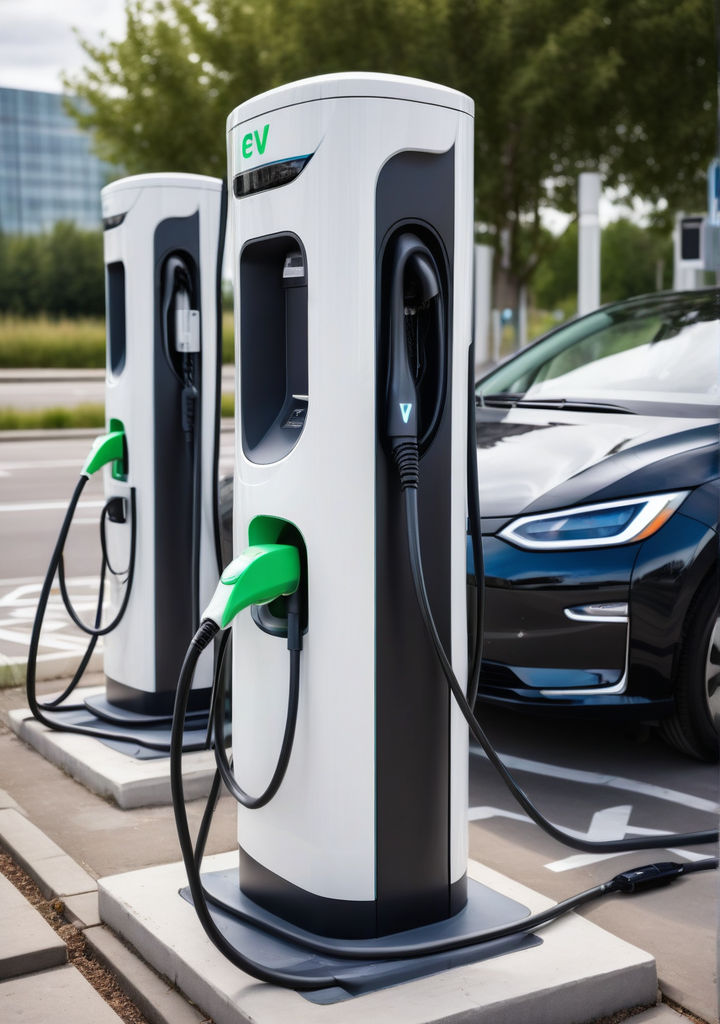
As electric vehicles (EVs) become increasingly popular, understanding the charging infrastructure and its availability is crucial for current and prospective EV owners. This guide provides an in-depth look at the current state of EV charging infrastructure, factors affecting its availability, and what the future holds for EV charging networks.
1. Understanding EV Charging Infrastructure
1.1. Types of EV Chargers
Level 1 Chargers:
- Description: Standard household outlets (120V) used for charging.
- Charging Speed: Provides about 4-5 miles of range per hour of charging.
- Best For: Home charging overnight or for those with low daily driving needs.
- Cost: Typically no additional cost if you have a compatible outlet.
Level 2 Chargers:
- Description: More powerful chargers (240V), commonly installed at homes and public locations.
- Charging Speed: Delivers 20-30 miles of range per hour of charging.
- Best For: Home charging for daily use and public charging stations.
- Cost: $500 to $2,000 for home installation, depending on electrical upgrades needed.
DC Fast Chargers:
- Description: High-speed chargers (480V) found in public charging stations.
- Charging Speed: Provides 60-80% charge in 20-30 minutes, depending on the vehicle.
- Best For: Long-distance travel and quick top-ups during road trips.
- Cost: Typically installed at commercial sites and free or pay-per-use.
1.2. Charging Networks and Providers
- Tesla Supercharger Network: Exclusive to Tesla vehicles, offering widespread fast charging with high speed and reliability.
- ChargePoint: One of the largest networks with a broad range of Level 2 and DC Fast Chargers.
- EVgo: Provides a mix of Level 2 and DC Fast Chargers, focusing on high-traffic locations.
- Blink: Operates a variety of Level 2 and DC Fast Chargers, often located at retail and commercial sites.
2. Availability of Charging Stations
2.1. Urban vs. Rural Charging Availability
Urban Areas:
- High Density: Major cities typically have a higher concentration of charging stations.
- Accessibility: Easier access to Level 2 chargers and some DC Fast Chargers in densely populated areas.
Rural Areas:
- Limited Availability: Fewer charging stations, particularly DC Fast Chargers, which can be challenging for long-distance travel.
- Planning Required: EV owners may need to plan routes carefully and use apps to locate charging stations.
2.2. Workplace and Public Charging
Workplace Charging:
- Trend: Increasing adoption by employers to provide Level 2 chargers for employees.
- Benefit: Offers a convenient charging option during the workday.
Public Charging Locations:
- Retail Locations: Many retailers, shopping centers, and parking garages offer EV charging stations.
- Highways: Strategic placement of DC Fast Chargers along major routes to facilitate long-distance travel.
3. Factors Influencing Charging Infrastructure Development
3.1. Government Policies and Incentives
Incentives:
- Grants and Subsidies: Government programs provide funding for the installation of public and private charging stations.
- Tax Credits: Financial incentives for EV owners and businesses installing charging infrastructure.
Regulations:
- Mandates: Some regions require new buildings and developments to include EV charging infrastructure.
- Standards: National and international standards ensure compatibility and safety of charging equipment.
3.2. Technological Advancements
Faster Charging Technologies:
- Ultra-Fast Charging: New technologies aim to reduce charging times significantly, improving convenience for users.
- Wireless Charging: Ongoing developments in wireless or inductive charging technology promise to eliminate physical connectors.
Smart Charging:
- Load Management: Technologies that manage charging times and rates to prevent overloading electrical grids and optimize energy use.
- Vehicle-to-Grid (V2G): Systems allowing EVs to feed energy back into the grid, enhancing grid stability and providing potential income for EV owners.
4. Challenges and Solutions
4.1. Charging Accessibility
Challenge: Uneven distribution of charging stations, particularly in rural and underserved areas. Solution: Expanded investment in charging infrastructure, government incentives, and collaboration between private and public sectors to improve coverage.
4.2. Charging Speed and Convenience
Challenge: Variability in charging speed and availability at different locations. Solution: Increased deployment of DC Fast Chargers, development of ultra-fast charging technologies, and integration of real-time availability apps to enhance user experience.
4.3. Cost of Charging Infrastructure
Challenge: High costs of installing and maintaining charging stations. Solution: Leveraging public-private partnerships, exploring innovative financing models, and providing grants and incentives to reduce costs and increase adoption.
5. Future Outlook
5.1. Growth Projections
Expansion: Expected growth in the number of charging stations as EV adoption increases and infrastructure investment continues. Innovation: Advances in charging technology and integration with renewable energy sources are likely to improve efficiency and reduce costs.
5.2. Global Trends
International Expansion: Increasing global efforts to expand EV charging infrastructure, with countries like Norway and China leading in adoption and deployment. Standardization: Movement towards global standards for charging connectors and communication protocols to ensure compatibility and ease of use.
6. Conclusion
The development of EV charging infrastructure is critical to the widespread adoption and success of electric vehicles. While there are challenges to overcome, including accessibility, charging speed, and cost, ongoing advancements and investments are paving the way for a more robust and efficient charging network. By understanding the current landscape and future trends, EV owners and prospective buyers can better navigate the evolving world of electric vehicle charging.

